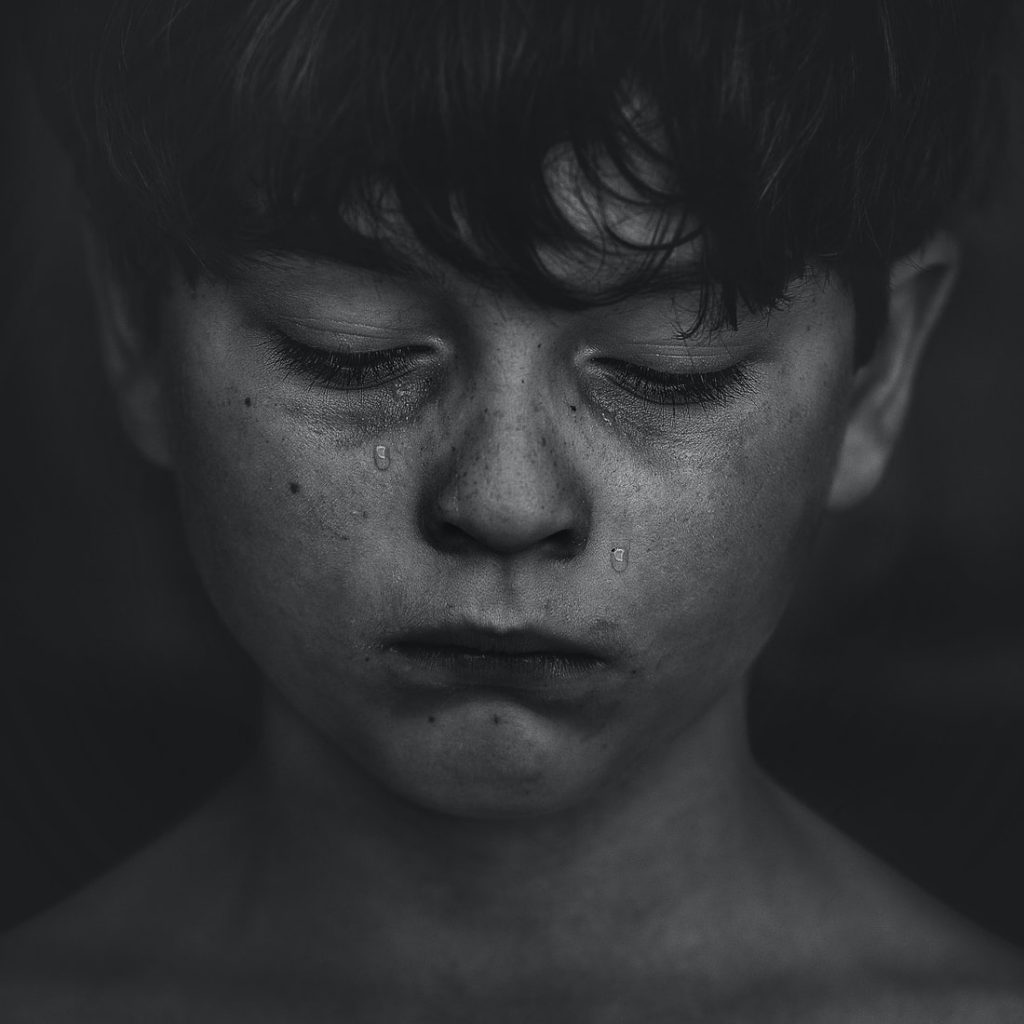
Is My Child Anxious and/or Depressive?
Although it’s more common to associate depression and anxiety with adults, the truth is that it can impact anyone of any age, including children.
Due to everything that has occurred with COVID-19 and the number of ways it’s challenged and impacted our lives, it’s more important than ever to lend a watchful eye over your own children or young kids in your life who may be showing warning signs of anxiety and depression. Here are some tips to be better equipped at identifying key signals.
Who is Primarily Affected?
According to the Anxiety and Depression Association of America, anyone can develop anxiety and depression at any time, but kids and teens whose immediate family members have a history of mood/internalizing disorders are more prone to develop depression and anxiety, likely due to genetic disposition. Although genetic disposition is strongly correlated with actually developing serious symptoms of depression and anxiety, it is not guaranteed that every child with a family history of depression or mental illness will be impacted. Children with chronic health conditions are more likely to develop depression and anxiety.
What Does Childhood Anxiety Look Like?
A certain level of anxiety is very normal for children to experience, but when it begins to interfere with everyday life or negatively impact a child on a regular basis, it becomes a problem. And although anxiety expresses itself uniquely in different children, common symptoms include:
- Fear of being away from parents
- Having overwhelming fear about a thing or a situation, such as snakes or visiting the doctor
- Fear of places with people, such as school or the grocery store
- “Episodes” accompanied by heart pounding, difficulty breathing, fatigue, headaches, stomachaches and more
- Excessive worry about the future and bad things occurring
It is these symptoms that, from a more generalized sense, present as fear, worry, anger and irritability, and fall into the categories of separation anxiety, phobias, social anxiety, general anxiety, and panic disorder.
What Does Childhood Depression Look Like?
Temporarily feeling sad or hopeless is a reality for nearly every child at some point in their young lives, but when those emotions persist or intensify, depression may be a real consideration. Telltale signs include the following:
- Beginning to not take joy in things they typically love doing
- Changes in sleeping or eating patterns
- Shifts in energy and being tired or sluggish
- Difficulty staying focused
- Overwhelming feelings of worthlessness or guilt
- Self-injury or destructive behavior
Treatment
If you feel your child needs to be evaluated for possible anxious or depressive behavior, it is essential to talk with your child’s healthcare provider or a mental health specialist. Common modes of treatment include medication, cognitive- behavioral therapy plans, or some combination of the two. Your child’s doctor will be able to determine the best course of action.
The Need for Early Identification
Depression and anxiety are often coupled together. It is of paramount importance to spot warning signs of anxious or depressive behavior in children as early as possible. If depression or anxiety is left untreated in childhood, it could lead to issues with self-esteem, lack of social skills or peer rejection, and eventually more severe ramifications as the child grows older or into adulthood. Opening and maintaining a healthy dialogue with your child about how they’re feeling is key.
Sources:
- Centers for Disease Control and Prevention
- Anxiety and Depression Association of America
